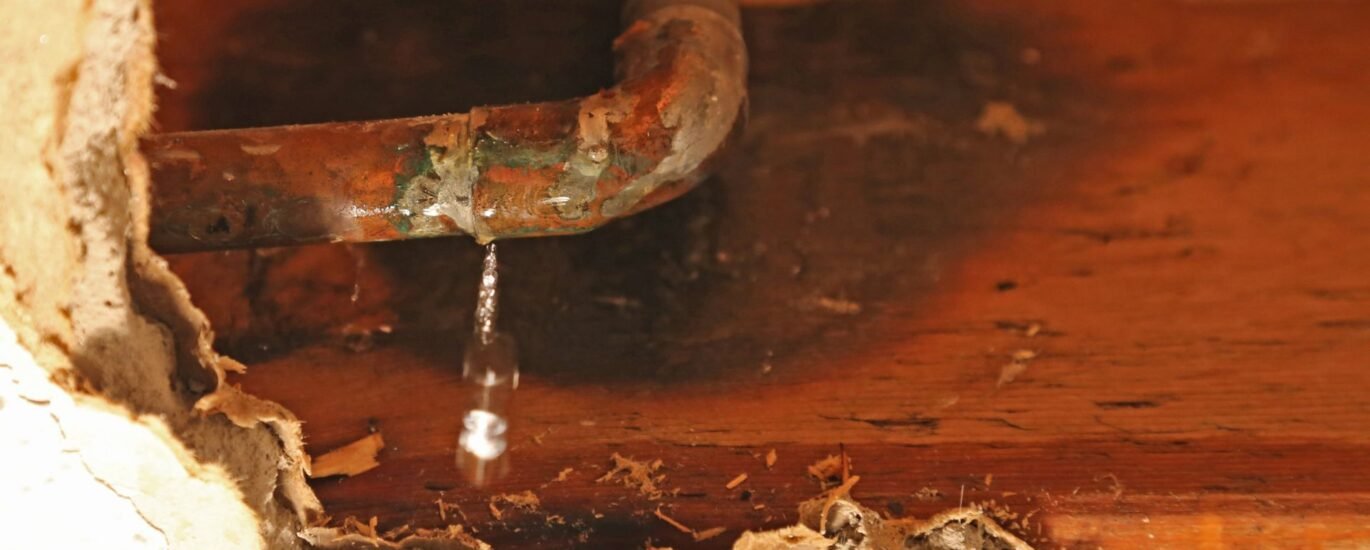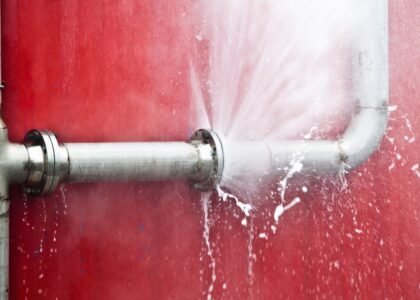Introduction
Leaks rarely announce themselves. A dripping faucet or puddle on your floor is obvious—but many leaks remain hidden behind walls, under slabs, or underground until serious damage emerges. In this post, we’ll show you how to spot early warning signs, understand common leak types, and explain why prompt leak detection matters.
Why Early Leak Detection Matters
- Hidden leaks waste water (and money)
- Damage from prolonged leaks includes mold, rot, structural weakening
- Repair costs grow rapidly if leaks aren’t found early
- A reliable leak detection service can save you headaches
If you already suspect a leak and want experts to find it, check out our Expert Leak Detection Services in Chino, CA page → Expert Leak Detection Services in Chino, CA
Common Signs That You May Have a Water Leak
Leak detection starts with good observation. Watch for:
- A sudden spike in your water bill
- Sound of water running when no faucet is open
- Damp or discolored spots on walls, floors, or ceilings
- Mold, mildew, musty smell in hidden corners
- Low water pressure or thinning flow
- Cracks or bulging in drywall or plaster
- Unusual sounds near pipes (e.g. hissing, dripping)
Even if you see one or two indicators, that’s reason enough to investigate further.
Types of Leaks You Might Face
| Leak Type | Where It Occurs | Why It’s Tricky |
|---|---|---|
| Slab Leak | Beneath concrete foundations or under flooring | Hidden under concrete; can affect structural integrity |
| Wall or Ceiling Leak | Behind drywall, inside walls | You only see evidence after damage appears |
| Underground or Utility Line Leak | In pipes under yards or streets | Requires specialized tools to trace and locate |
| Fixture or Appliance Leak | Under sinks, near toilets, from water heaters | Easier to spot but still often ignored |
| Sewer or Drain Leak | Within sewer lines or lateral lines | Can lead to odor, backup, contamination risk |
For slab leak detection examples in the region, see what others do in Chino Hills and area. evansleakdetection.com+1
What to Do When You Suspect a Leak
Step-by-step approach:
- Shut off main water supply (if possible) to reduce further damage
- Document evidence (photos, videos, meter readings)
- Check your water meter: if it moves even when all water is off, that’s a strong sign of a leak
- Reach out to a professional for leak detection — DIY may worsen the situation
- After detection, schedule repair and follow-up inspection
When you’re ready, you can contact us directly → Contact Us
Why Many Leaks Remain Hidden Too Long
- Homeowners assume small issues will go away
- Leaks may start silently (slow seepage)
- The leak may be in a location that is hard to access
- Normal inspection methods may not spot leaks behind walls or underground
That’s where non-destructive leak detection methods become vital. In our next post, we’ll explore the advanced technologies used in modern leak detection.
Conclusion & Next Steps
Catch leaks before they turn into major problems. Start by observing your home closely for signs, then call a professional when you see red flags.



